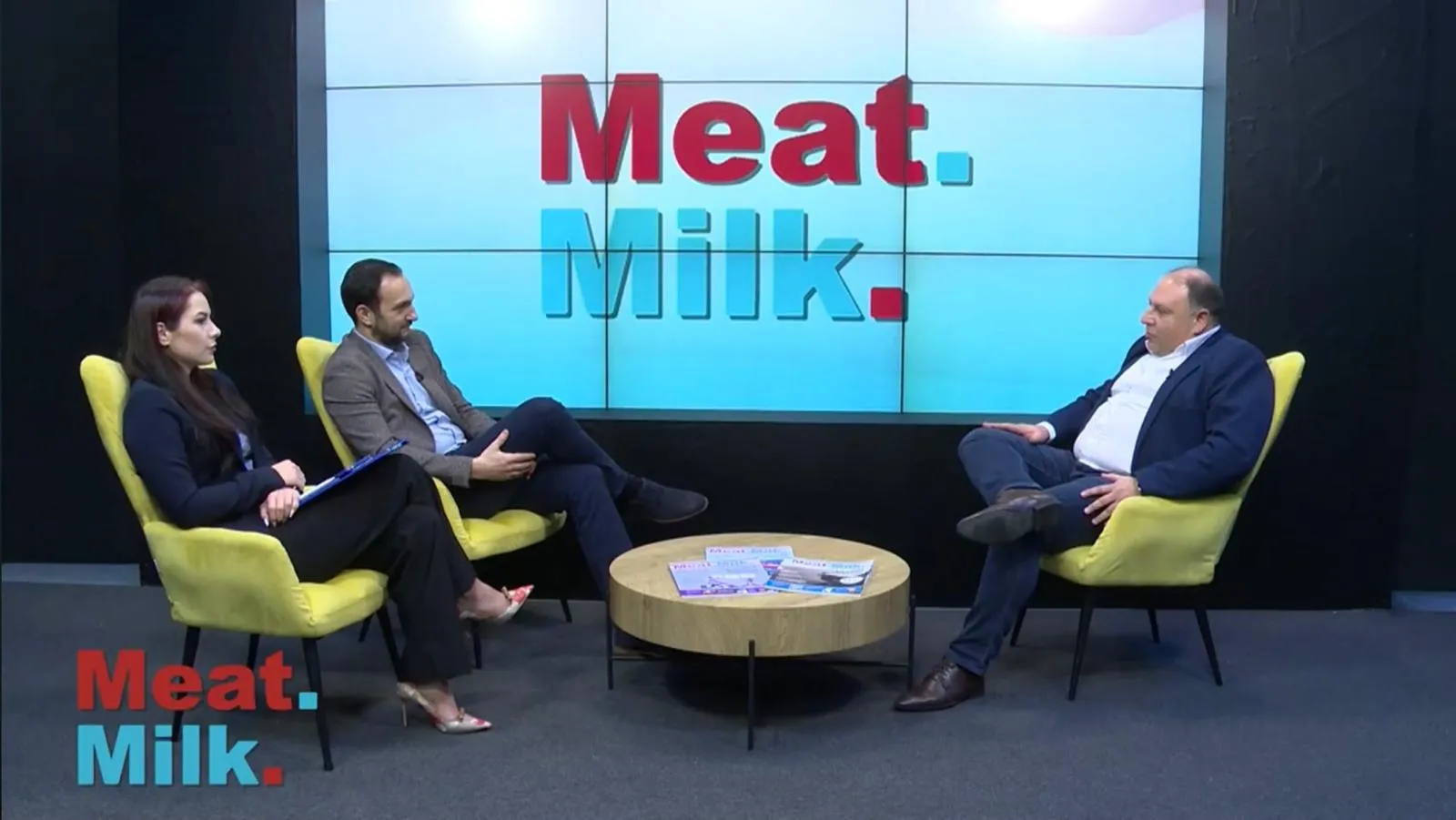964

Scaling Fermentation: Why More Isn’t Just Bigger
So, you have a brilliant idea for a new product or ingredient based on fermentation — and a successful process working in the lab. Now, all that’s left is to scale it up for mass production.
It’s just a matter of running your new fermentation process in increasingly larger volumes, tweaking a few parameters along the way, right?
Wrong. According to a recent study featured by FoodNavigator, scaling fermentation is far from straightforward.
🧪 Fermentation Physics and Economics at Scale
The path from lab to factory is anything but linear. The physics and economics of fermentation at industrial volumes introduce challenges that require a deeper understanding of commercial processes.
Fermentation is a hot topic in food innovation, particularly with the emergence of novel or genetically engineered microorganisms. But new microbes often mean new fermentation processes — and scaling these successfully remains a major challenge.
The traditional scale-up approach — going from lab to pilot to industrial volumes — often leads to repetitive problem-solving, as different volumes introduce different limitations. In some cases, critical issues only appear at full scale, risking delays or total derailment after significant investment.
🔁 Scale-Out by Scaling Down: Reverse Engineering Success
Avoiding these pitfalls begins with understanding industrial-scale constraints and replicating them early on in smaller setups.
By mimicking these conditions in small-scale studies, you can test and refine processes faster and more cost-effectively, while generating high-quality data for digital modeling tools like digital twins — greatly improving the odds of "getting it right the first time."
❄️ Time Is Not on Your Side at Scale
Industrial fermenters are massive. Processes like cooling and emptying, which are trivial in the lab, can take hours in full-scale vessels.
Any process that relies on rapid cooling to halt fermentation at a specific moment is incompatible with large-scale manufacturing. By using gradual cooling already in lab trials, you pave the way for a smoother transition to production.
🌡️ Introducing Gradients and Environmental Variability
Large tanks can’t maintain the same precision and uniformity of conditions that small lab setups can. While a lab fermenter might regulate temperature within 0.1°C, an industrial tank may see temperature variances of several degrees.
Additionally, gradients in oxygen, nutrients, pH, and salinity develop inside large tanks — especially in aerobic processes — affecting microbial growth rates and yield.
If you don’t account for these gradients, it’s hard to determine the optimal fermentation endpoint, complicating production planning.
Agitation may help homogenize conditions — but not always. That's why it’s crucial to assess early on how robust your microorganism is in the face of these gradients and mechanical stress.
🧫 Lab and Factory: Fundamentally Different Ecosystems
Lab media is typically batch-sterilized before fermentation — a luxury that full-scale operations can’t afford. Instead, industrial plants use continuous UHT sterilization systems.
Batch sterilization introduces greater heat stress, possibly triggering Maillard reactions that form beneficial compounds for microbial growth — compounds that won’t form in UHT sterilization.
If your lab results depend on these compounds, you could face unexpected slowdowns in microbial performance during scale-up, forcing costly delays to diagnose and adjust the process.
🧠 Think Industrial Early: Bridging Biology and Engineering
Lab fermentation focuses on understanding the biology — what your microorganism needs to thrive.
But to succeed commercially, you must also understand the limitations and choices that define industrial production, and align your biological process with those constraints.
By thinking ahead — and possibly leveraging AI and predictive modeling — you can pinpoint where your lab process may clash with scale-related challenges.
Simulating those constraints early on helps you optimize faster, scale smarter, and reach the market sooner — with less risk and more confidence.





